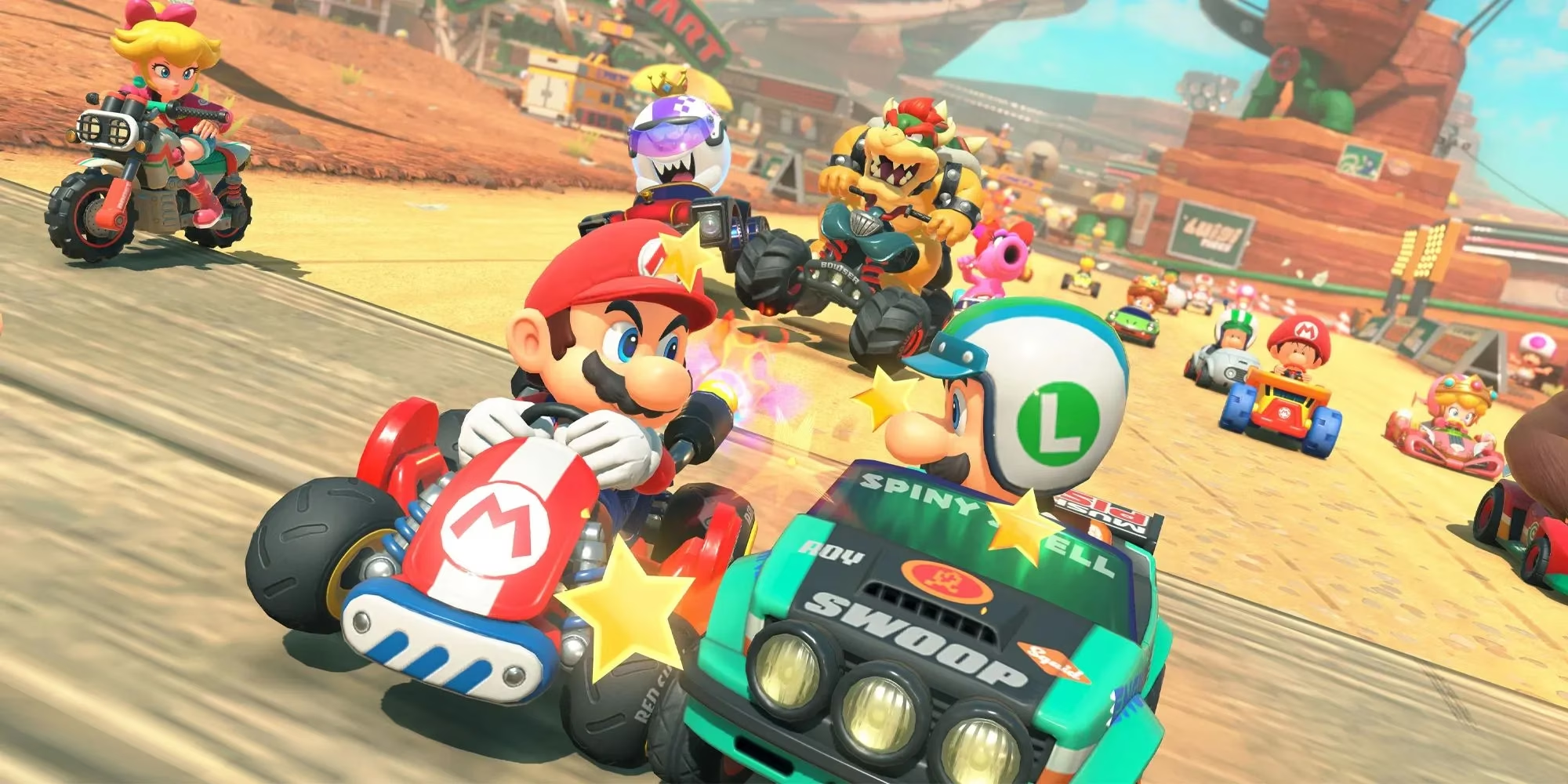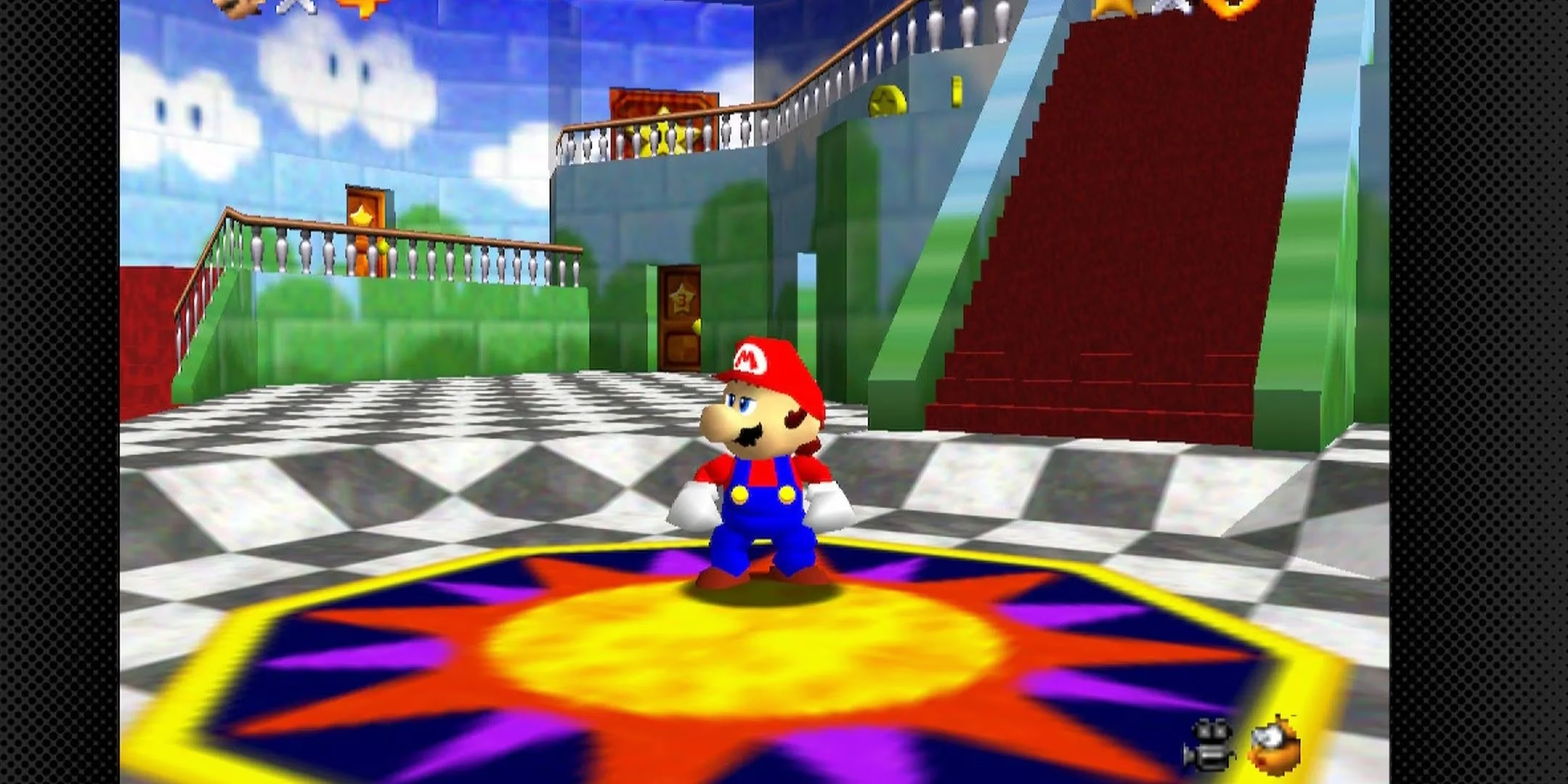In the pixelated gardens where digital dreams bloom, the economics of play remain a labyrinth without a map. Gamers wander through forests of fluctuating price tags, from the intoxicating free orchards of Fortnite to the $80 golden gates of Mario Kart World. It's downright weird how we're expected to justify the cost of joy—like trying to measure moonlight with a teaspoon. The industry's shifting sands leave players stranded between nostalgia for $50 PlayStation 2 treasures and the cold reality of modern $70 realities. And honestly? It feels like being asked to pay extra for rainbows while standing in a thunderstorm.

The Golden Chains of Creation
Triple-A games now wear crowns of thorns—four-year development marathons with armies of artists spanning continents. Those shimmering pixels? Each one costs a sliver of sanity. While economists nod sagely about inflation and production costs, regular folks just feel the grocery bill pinching harder. Paying $80 for Mario Kart while free titans like Genshin Impact sing siren songs? Man, that's like charging admission to breathe.
Yesterday's Bargain, Today's Battlefield
Folks love waving the "Super Mario 64 cost $125 adjusted!" flag like it means something. But that was a desert oasis—now we're drowning in an ocean of choices. Back in 2015, $70 might've slid down smooth as butter. These days? It chokes going down. With Game Pass buffets and Epic's freebie bonanzas, dropping eighty bucks feels less like buying entertainment and more like adopting a luxury pet during a recession. Who's got that kind of dough when rent eats half your paycheck?

The Unseen Casualties
Here's the kicker: this price hike ain't just about Mario or Call of Duty flexing their muscles. It's the quiet murders in the dark—games like Midnight Suns or Prey that got left in the alley because $60 was already a hard sell. At eighty bones? Forget about it. The math gets brutal: one premium title equals four months of Netflix Games or 800 Roblox skins. No wonder folks retreat to Fortnite's free embrace like it's a bomb shelter. And can you blame 'em?
The Ghosts of Cartridges Past
That dusty Super Mario 64 cartridge whispers secrets from 1996—back when games had 26% attachment rates and zero competition. Nowadays? Even Spider-Man 2 only charms 15% of PS5 owners. The market's so crowded you need a machete to cut through. So when Nintendo slaps $90 on a plastic Mario case while Fortnite runs free on the same Switch? Oof. That's not just tone-deaf—it's conducting an orchestra during an earthquake.

The Value Mirage
How do you price something as personal as a tear during a story quest? Or the fist-pump after a clutch victory? There's no playtime-to-pennies conversion that captures magic. Yet here we stand, comparing Mario Kart's $80 to 1,000 hours of Genshin Impact waterfalls. The irony tastes bitter: games have never been more breathtaking... or financially breath-taking. Maybe beauty really is a beast in disguise.
Frequently Pondered Puzzles
- Why do free games feel more premium than paid ones sometimes?
They've mastered the art of the slow seduction—drip-feeding joy like IV therapy while $80 games demand wedding-ring commitment on the first date.
- Will indies survive this price war?
They're the dandelions in Nintendo's lawn—tough as nails but getting trampled by giants. Let's pray they don't get priced into extinction.
- What's the actual cost of "too cheap" games?
A decade of underpricing left studios gasping. But hiking prices now? Like selling umbrellas during a drought.
- Is physical media worth the extra $10?
Only if you enjoy the ritual—the plastic surgery of peeling wrappers, the museum curation on shelves. Otherwise? Nah.
- Will gamers ever accept $100 games?
Only if they come with a butler handing out caviar during loading screens. Otherwise? Good luck squeezing water from this stone.